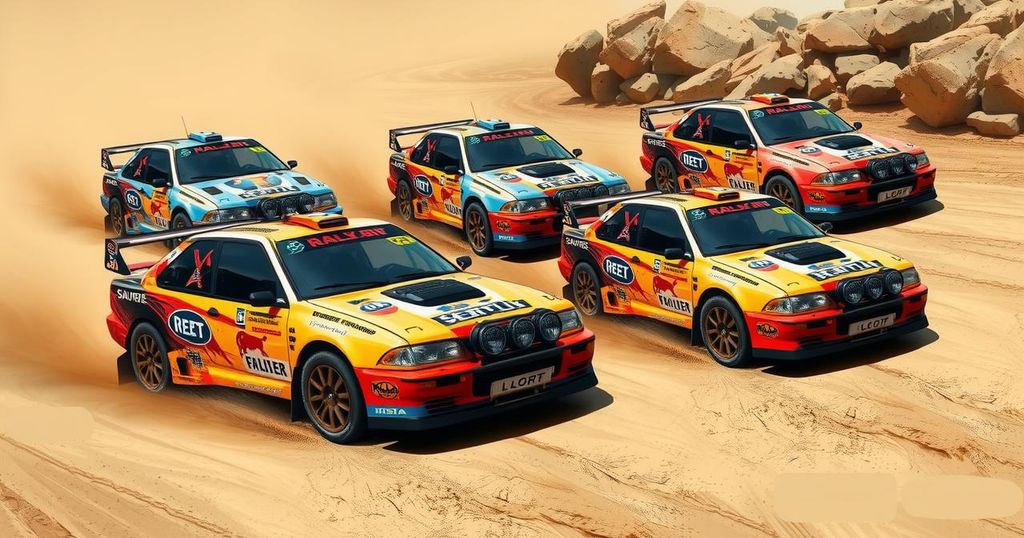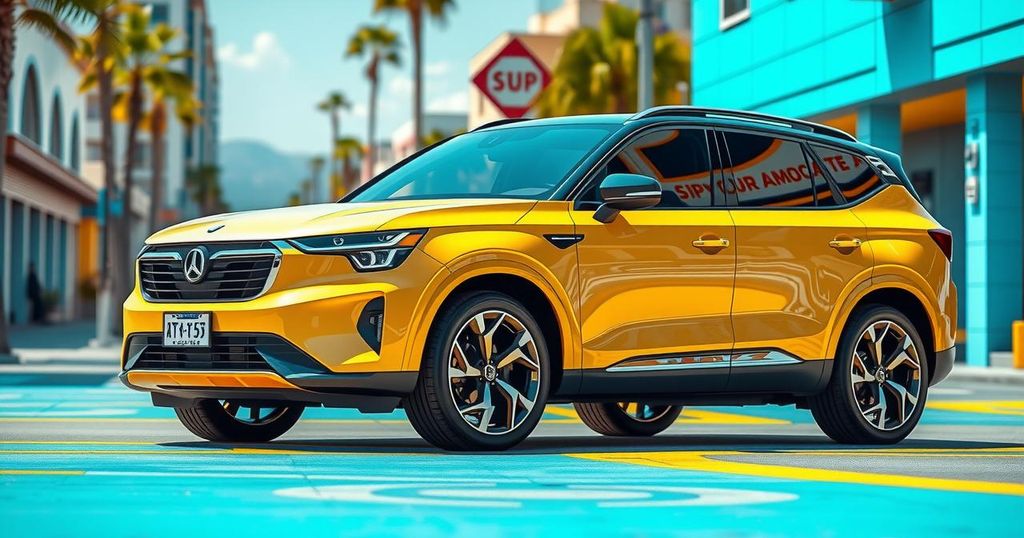Explaining the Unique Modifications of WRC Cars for Safari Rally Kenya
The Safari Rally Kenya requires significant visual and mechanical modifications to the cars due to the extreme conditions. This year’s rally, covering 384 kilometers, begins with a flag-off by President Ruto and includes key enhancements such as snorkels and raised suspensions. The event attracts 39 drivers globally and will be broadcasted to over 85 million viewers.
The Safari Rally Kenya, scheduled for this weekend in Naivasha, represents a unique challenge within the World Rally Championship (WRC) series due to the distinctive visual and mechanical adaptations of the vehicles involved. These necessary modifications enable the cars to endure Kenya’s harsh racing conditions, known for being among the most difficult courses globally.
The extreme terrain and unpredictable weather in Kenya provide a unique challenge for both drivers and their machines. The rally officially commenced with a flag-off by President William Ruto, followed by a Super Special Stage held in Kasarani. The rally will cover an extensive 384 competitive kilometers through treacherous roads, water crossings, and high-speed segments, marking it as the longest rally of the year.
Several key enhancements to the cars are notable for this year’s event. A prominent feature is the snorkel, a raised air intake installed to assist the engine during deep water crossings. This modification is essential for preventing water ingestion that could stall the engine, a common occurrence given the unpredictable nature of the terrain.
In addition, the cars are equipped with taller, tougher suspensions. The Safari Rally requires an increased ride height to navigate challenging undulations, sharp ruts, and large rocks that pose a risk of ending a rally quickly. Achieving the right balance between ground clearance and stability is critical, as drivers must maintain speed on fast sections.
The rally’s location around Naivasha, at a high altitude, influences car performance due to thinner air resulting in reduced engine power. Teams make necessary adjustments to the engine maps to optimize power output, which is crucial for traversing the stunning African landscape. This year’s rally features 39 drivers from various nations, with over 85 million viewers expected globally and around 100,000 fans in attendance in Naivasha.
Competitors will include vehicles from notable brands such as Toyota, Hyundai, and Ford. Hyundai Motorsport is eager to challenge Toyota’s recent dominance in the Safari Rally since its WRC return in 2021, with prominent drivers like Thierry Neuville and Ott Tänak leading the charge. Meanwhile, M-Sport Ford fields a trio of Puma Rally1 cars, driven by Grégoire Munster, Josh McErlean, and Jourdan Serderidis. In WRC2, reigning champion Oliver Solberg will compete in a Toyota GR Yaris Rally2, alongside debutant Kajetan Kajetanowicz in a similar vehicle.
The Safari Rally Kenya is distinguished by its unique technical requirements, as vehicles undergo critical modifications to withstand the challenging terrain and unpredictable weather conditions. Key enhancements include snorkels for deep water crossings, reinforced suspensions for higher clearance, and performance adjustments for high altitude. With top brands and skilled drivers participating, this year’s rally promises to deliver thrilling motorsport action, captivating audiences around the world.
Original Source: www.the-star.co.ke




Post Comment